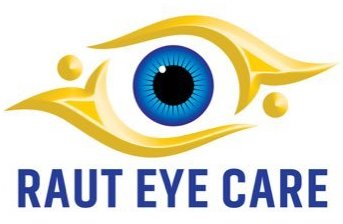Cataract surgery is a common and effective procedure used to treat cataracts, which occur when the natural lens of the eye becomes cloudy, leading to blurry vision and other visual disturbances. During cataract surgery, the cloudy lens is removed and replaced with an artificial lens known as an intraocular lens (IOL).
A presbyopic intraocular lens (IOL) is a type of IOL designed to address both cataracts and presbyopia. Presbyopia is a condition that typically develops with age, causing difficulty in focusing on close objects. Traditional IOLs used in cataract surgery often provide good distance vision, but patients may still need reading glasses for near tasks due to presbyopia.
Presbyopic IOLs, on the other hand, aim to provide a range of vision that includes both distance and near vision, reducing or even eliminating the need for reading glasses or bifocals. There are several types of presbyopic IOLs available, each with its own design and mechanism to provide multifocal or extended depth of focus vision. Some common types of presbyopic IOLs include:
Multifocal IOLs: These IOLs have different zones or rings with varying focusing powers, allowing the eye to focus on both distant and near objects simultaneously. This design helps patients achieve clear vision at different distances without relying on reading glasses.
Accommodating IOLs: These IOLs are designed to mimic the natural focusing ability of the eye's crystalline lens. They can shift position within the eye in response to changes in focus, allowing patients to focus on objects at varying distances.
Extended Depth of Focus (EDOF) IOLs: EDOF IOLs work by elongating the focal range of the eye, providing clear vision at multiple distances. They do this by manipulating the way light is focused on the retina, extending the depth of focus while maintaining good contrast sensitivity.
Trifocal IOLs: Trifocal IOLs are an advanced type of multifocal IOL that provide clear vision at three distances: near, intermediate, and far. This can reduce the need for glasses across a wider range of activities.
It's important to note that while presbyopic IOLs can be a great option for many patients, not everyone is a suitable candidate. Factors such as the individual's eye health, lifestyle, and visual needs will determine whether a presbyopic IOL is the best choice. Your eye surgeon will conduct a thorough evaluation and discuss your options to determine the most appropriate IOL for your specific needs and goals. As with any medical procedure, there are potential risks and benefits associated with cataract surgery and the use of presbyopic IOLs, so be sure to have a detailed discussion with your eye care provider before making a decision.

